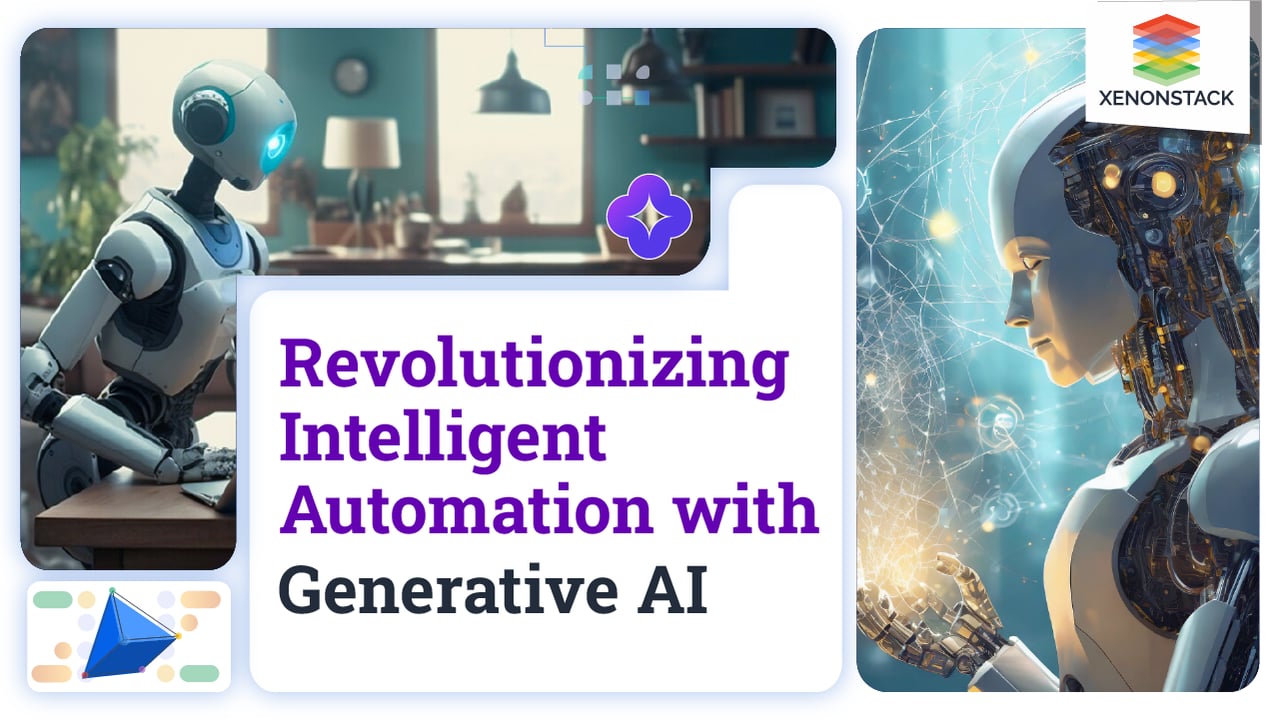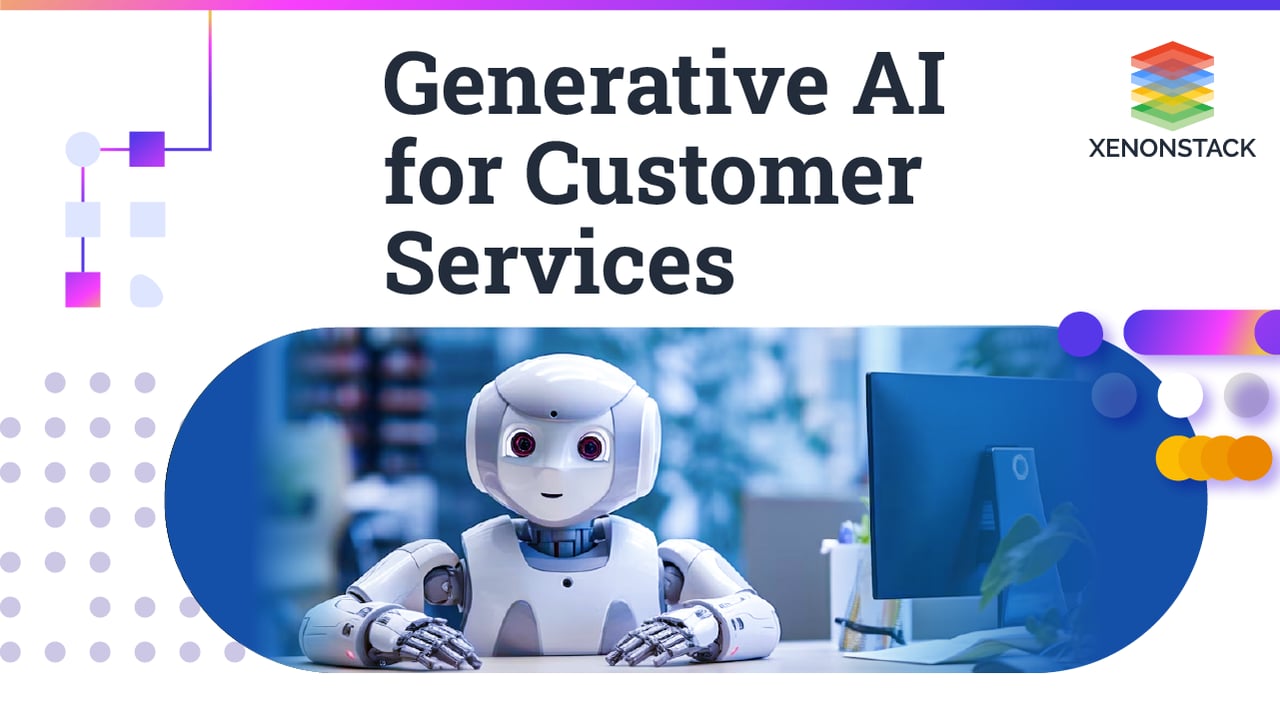
Introduction
The marketing industry constantly evolves, with new techniques and technologies emerging daily. One of the most promising developments in recent times is the integration of Generative AI for Insurance into marketing strategies. Instead of relying solely on human analysis and intuition, Generative AI for the Energy Sector allows for greater creativity and effectiveness by harnessing the predictive abilities of machines, which are often superior to those of humans.
This rapidly evolving technology has the potential to automate content creation, design, and strategy through sophisticated algorithms and machine learning, providing a glimpse into a bright future for the world of marketing.
This technology enables companies to communicate with consumers more effectively and in an environmentally conscious manner by leveraging AI-driven personalization. Here are some examples of how this works in advertising when promoting sustainability and circular economy principles.
-
Tailored Messaging: Imagine you love gardening and often search for organic fertilizers online. AI analyzes your online behaviour and learns about this interest. So, when an advertiser wants to promote an eco-friendly fertilizer, the AI creates a personalized advertisement just for you, highlighting the product's environmental benefits. This means you're more likely to pay attention because it's about something you care about.
-
Targeted Campaigns: Think of a group of people who are really into recycling. AI identifies these individuals based on their online activities—maybe they read many articles on recycling or follow eco-friendly brands. Advertisers can then specifically target this group with ads about products that make recycling easier, ensuring the ads reach the people most likely to be interested in them.
-
Product Recommendations: AI might notice this pattern if you buy many disposable water bottles. Next time, it suggests a durable, reusable water bottle instead. This recommendation is not random; it's based on your past behaviour, aligning with reducing waste and supporting the circular economy.
-
Enhanced Customer Experience: Imagine browsing an online store for a new coffee maker. If the store uses AI-driven personalization, it might show you a coffee maker known for being energy-efficient or made from recycled materials and explain how it helps reduce environmental impact. This makes your shopping experience feel more tailored to your values and interests.
-
Measurable Impact: Advertisers can use AI to closely monitor the effectiveness of their eco-friendly campaigns. For instance, they can see how many more people clicked on an ad for a sustainable product compared to a standard one or if there was an increase in sales of green products after the campaign. This data helps us understand what works best in encouraging sustainable choices.
-
Ethical Brand Positioning: When a company consistently promotes sustainability through AI personalized advertising, it sends a strong message about its values. This can make customers more loyal to the brand, knowing it shares their commitment to the planet.
By using AI to create more personalized, relevant advertising, businesses can promote sustainability and the circular economy more effectively, encouraging consumers to make better environmental choices.
Companies must be transparent and authentic in their environmentally friendly efforts, as green washing can harm brand reputation.
Being authentic and genuinely committed to sustainability is crucial nowadays. Generative AI for Retail in advertising can do more than catch a consumer's eye; it can inspire people to adopt a more sustainable lifestyle, supporting reusing and recycling products.
Eco-Conscious Campaigns: Leading Sustainable Advertising Choices
Many brands are advertising to show they care about the planet, which helps sell their products and encourages people to make eco-friendly choices. For example:

Patagonia's Campaign: They told people not to buy their jackets unless necessary, promoting repairing old clothes instead. This approach matches their goal to lessen consumerism.

IKEA's Campaign: IKEA aims to help people live more sustainably at home, showcasing products made from renewable resources and energy-efficient products and urging recycling.

Adidas Collaboration: Adidas teamed up with Parley for the Oceans to make footwear from recycled ocean plastic, focusing on the importance of using recycled materials for the environment.

Dove's Campaign by Unilever: Dove highlighted the importance of body positivity while focusing on sustainability, using sustainably sourced ingredients and reducing plastic packaging.
H&M's Conscious Collection: H&M launched a line using sustainable materials like organic cotton and recycled polyester to reduce the fashion industry's environmental footprint.
These examples show how brands are aligning their ads with the values of environmentally conscious consumers, making a positive impact while promoting their products.
This approach seeks to boost sales and foster a shift in consumer behaviour towards more sustainable practices.
Key Indicators to Analysis Performance
When advertisers use AI (Artificial Intelligence) to personalize ads, especially for products that are good for the environment (sustainable) and fit into a circular economy (where products are reused and recycled), it's crucial to check if these ads are working. They do this by looking at several key indicators:
1. Conversion Rates: This is about seeing if people buy the eco-friendly products shown in the AI-personalized ads. By comparing these rates to those of non-eco-friendly products, advertisers can understand if their personalized ads are convincing people to make greener choices.
2. Customer Engagement: Advertisers can gauge interest in sustainable products by counting the number of people who click on the ads, learn about eco-friendly products, and talk about them on social media. More engagement usually means more interest.
3. Purchase Behavior and Preferences: This involves tracking if people buy more sustainable products after seeing these ads. Also, collecting information on whether people prefer buying green products can give valuable insights.
4. Environmental Impact Metrics: Here, advertisers develop specific ways to measure how much the promoted eco-friendly products are helping the environment. This could include tracking the use of recycled materials in products or how much carbon emissions are reduced.
5. Brand Perception and Sentiment Analysis: Understanding how these green ads affect people's thoughts and feelings about a brand. Positive changes in social media mentions, or reviews can show if a brand's commitment to sustainability resonates with consumers.
6. Return on Investment (ROI): This calculates the financial benefits of these AI-driven, eco-friendly ad campaigns by comparing the costs against the sales generated. It helps understand if the investment in green advertising is paying off.
7. Long-term Behavioral Changes: This examines whether people continue to buy eco-friendly products or engage with green content over time, indicating a lasting change towards sustainability.
Using these indicators helps advertisers understand how effective their AI-personalized ads are in promoting sustainable products and practices. It provides clear evidence of the impact of their advertising efforts. Additionally, it helps decide how to use their advertising budget best to support sustainability, ensuring that their investments bring about the most significant positive environmental change and align with consumer values, leading to a win-win situation for both businesses and the planet.
Conclusion
In conclusion, the integration of Generative AI in Sustainable Marketing offers immense potential for promoting sustainability and the circular economy. By leveraging AI-driven personalization, businesses can create tailored messaging, targeted campaigns, and product recommendations that resonate with environmentally conscious consumers. Key indicators such as conversion rates, customer engagement, purchase behavior, and brand perception metrics are essential for analyzing the performance of AI-driven, eco-friendly ad campaigns. Ultimately, these efforts aim to foster lasting behavioral changes towards more sustainable practices while achieving positive outcomes for both businesses and the planet.
-
Explore about Digital Marketing Analytics Platform
-
Discover here Generative AI for Digital Marketing and Advertising



